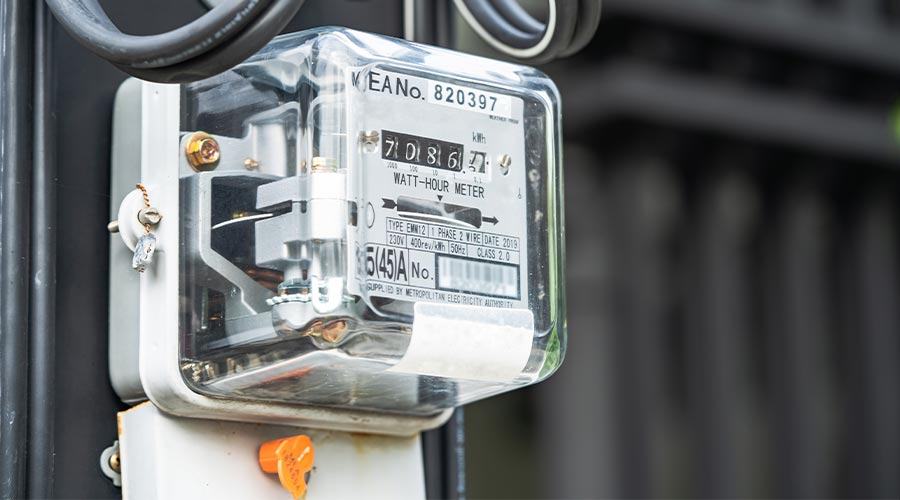 Utitlity incentive programs are designed to provide monetary incentives to users for the installation of equipment and systems that improve operating efficiency.
Utitlity incentive programs are designed to provide monetary incentives to users for the installation of equipment and systems that improve operating efficiency.Utility Incentives: Calculating Savings
Conducting a model simulation of potential energy savings can help managers identify some of the best ways to lower energy costs and qualify for utility incentive programs.
Where do maintenance and engineering managers get the data they need to perform an effective analysis of energy-savings upgrades to facilities?
In some cases, such as a one-for-one lighting replacement program, they can calculate savings using the hours of operation, the current utility rate, and the difference in energy use between the existing and upgraded component. While such calculations do not account for savings that would be produced by lowering the electrical demand for the facility, they are good enough to identify the rate of return for the upgrade project.
For more complex projects, such as an entire HVAC system upgrade or chiller replacement, managers need to perform a more complex analysis in order to get accurate results. Rules of thumb and back-of-an-envelope calculation will not be sufficient when evaluating big-ticket projects.
One of the best methods of projecting energy savings from major project upgrades involves energy modeling. This method consists of a computerized simulation of the operation of a building or group of buildings. Managers can enter data for the building’s climate, the construction of the building envelope, the equipment installed in the building, the HVAC systems installed, building occupancy data, and other factors that affect energy use.
Most models run the simulation through the weather conditions for an entire year to predict annual energy use. By running the model for the existing system and for the replacement system, managers can compare the energy performance.
The models are fairly accurate, but managers have to remember that energy use is determined by not only the characteristics of the building and its energy using systems but also by the behaviors of the occupants. The accuracy of the assumptions managers make for both factors will determine the projection’s accuracy.
— James Piper, P.E.
Related Topics:














